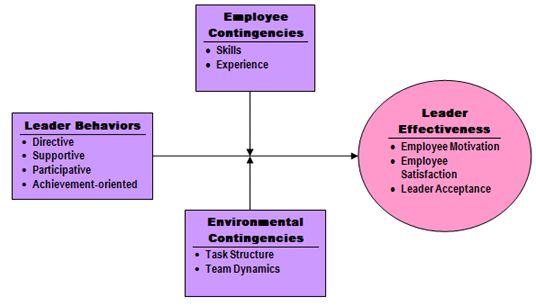Cultural Dimensions of Leadership
April 3, 2025
 Cultural Dimensions of Leadership
Cultural Dimensions of Leadership
Introduction Leadership in organizations is dictated and determined according to a variety of reasons and factors including personality, cultural, and country and regional aspects. Among the various factors, the cultural dimension of leadership is often not highlighted as it is taken as a given. However, with globalization and the advent of tighter integration and interconnectedness,…
 Continuum of Leadership Behaviour
Continuum of Leadership Behaviour
The leadership continuum was originally written in 1958 by Tannenbaum and Schmidt and was later updated in the year 1973. Their work suggests a continuum of possible leadership behavior available to a manager and along which many leadership styles may be placed. The continuum presents a range of action related to the degree of authority…
 The Challenge for Contemporary Leaders is to Restore Trust and Faith in Institutions
The Challenge for Contemporary Leaders is to Restore Trust and Faith in Institutions
Loss of Trust and Faith and the Rise of Populists Public trust and faith in institutions is at an all time low. Starting with the Global Financial Crisis of 2008 in the United States and then the Sovereign Debt Crisis in Europe in 2009, including the Brexit vote in the United Kingdom, and the election…
The theory was developed by Robert House and has its roots in the expectancy theory of motivation. The theory is based on the premise that an employee’s perception of expectancies between his effort and performance is greatly affected by a leader’s behavior.
The leaders help group members in attaining rewards by clarifying the paths to goals and removing obstacles to performance. They do so by providing the information, support, and other resources which are required by employees to complete the task.
House’s theory advocates servant leadership. As per servant leadership theory, leadership is not viewed as a position of power. Rather, leaders act as coaches and facilitators to their subordinates.
According to House’s path-goal theory, a leader’s effectiveness depends on several employee and environmental contingent factors and certain leadership styles. All these are explained in the figure 1 below:
Figure 1: Path-Goal Leadership Theory
The four leadership styles are:
He/She makes judicious use of rewards and disciplinary action. The style is the same as task-oriented one.
He/She consults his subordinates on important decisions related to work, task goals, and paths to resolve goals.
The leader believes that employees are responsible enough to accomplish challenging goals. This is the same as goal-setting theory.
According to the theory, these leadership styles are not mutually excusive and leaders are capable of selecting more than one kind of a style suited for a particular situation.
The theory states that each of these styles will be effective in some situations but not in others.
It further states that the relationship between a leader’s style and effectiveness is dependent on the following variables:
When team cohesiveness is low, a supportive leadership style must be used whereas in a situation where performance-oriented team norms exist, a directive style or possibly an achievement-oriented style works better. Leaders should apply directive style to counteract team norms that oppose the team’s formal objectives.
The theory has been subjected to empirical testing in several studies and has received considerable research support.
This theory consistently reminds the leaders that their main role as a leader is to assist the subordinates in defining their goals and then to assist them in accomplishing those goals in the most efficient and effective manner.
This theory gives a guide map to the leaders about how to increase subordinates satisfaction and performance level.
Your email address will not be published. Required fields are marked *